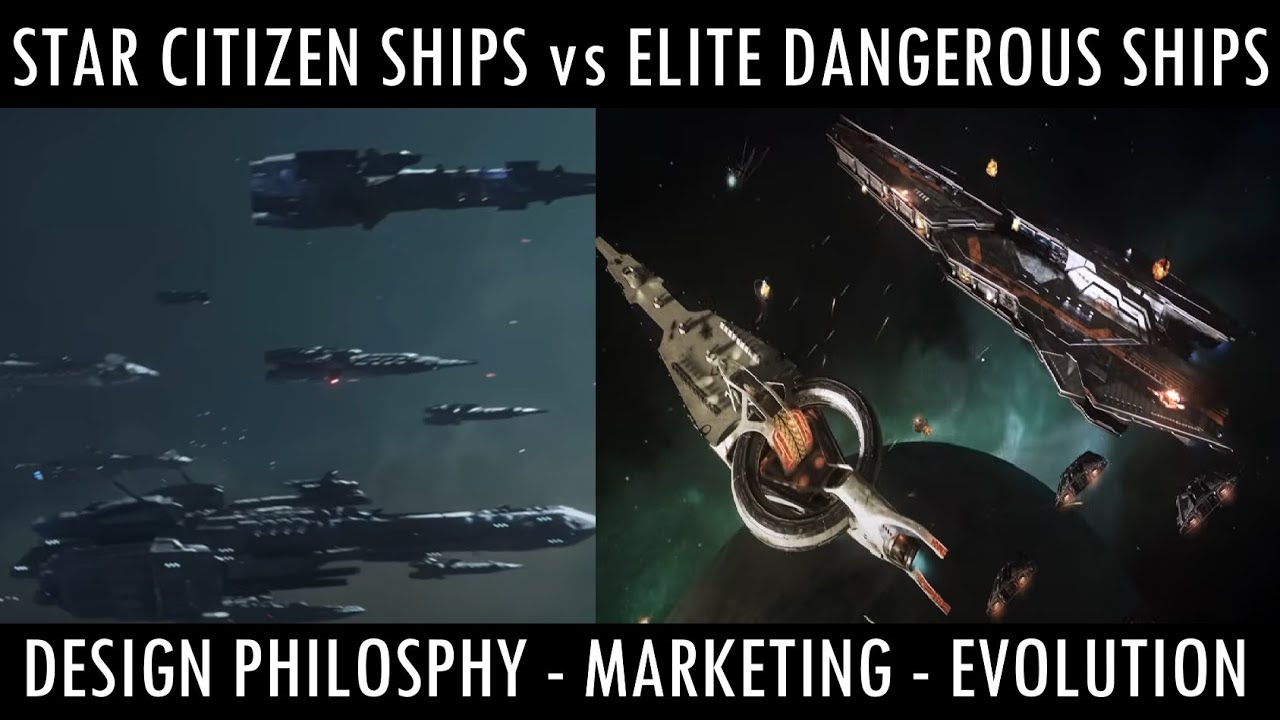The video compares the ship development, marketing, and evolution strategies of Star Citizen and Elite Dangerous, highlighting Star Citizen’s detailed and hype-driven approach versus Elite Dangerous’s more subdued and polished method. It also examines how their differing design philosophies and monetization strategies reflect their creators’ legacies and cater to varying player preferences.
The video compares the ship development, marketing, and evolution strategies of two popular space simulation games: Star Citizen and Elite Dangerous. Both games emphasize the importance of spaceships as integral components of their gameplay, serving as homes, weapons, and companions for players. The discussion centers on how each game approaches the creation, sale, and promotion of their ships, highlighting their distinct philosophies and methods.
In Star Citizen, the ship development process is highly detailed and transparent, with concept ships often announced years before they are fully realized in the game. The development cycle includes multiple phases—white box, gray box, and flight-ready stages—each involving dedicated teams for various aspects like flight models and weapon balancing. When new ships are released, they create significant excitement within the player community, leading to extensive discussions and first impressions on platforms like YouTube.
In contrast, Elite Dangerous has a more subdued approach to ship development. New ships are introduced as part of game expansions or major updates, with little pre-release hype. The focus is on delivering polished and balanced ships that are fully developed before being launched. This method contrasts with Star Citizen’s approach, where ships often generate buzz before they are even playable in the game.
The design philosophies of both games reflect their creators’ legacies. Star Citizen draws inspiration from Chris Roberts’ Wing Commander series, aiming for a cinematic experience with immersive ship designs. Elite Dangerous, rooted in the original Elite games, has historically featured a more rigid design aesthetic, although recent updates have begun to introduce more innovative ship designs. This evolution reflects a shift in both games’ approaches to ship aesthetics and functionality.
When it comes to monetization, Star Citizen allows players to buy ships using real money or in-game credits, often leading to controversy over the pricing and pre-sales of ships. Elite Dangerous, initially focused on expansion packs, has recently adopted a similar model by selling ships for a premium currency, ARX, or real money. This marks a significant change in its monetization strategy, aligning it more closely with Star Citizen’s approach. The marketing strategies also differ, with Star Citizen employing high-energy promotional events and cinematic trailers, while Elite Dangerous opts for a quieter, more understated introduction of new ships. Ultimately, the video poses the question of which approach is better, depending on player preferences for excitement versus a more relaxed experience.
